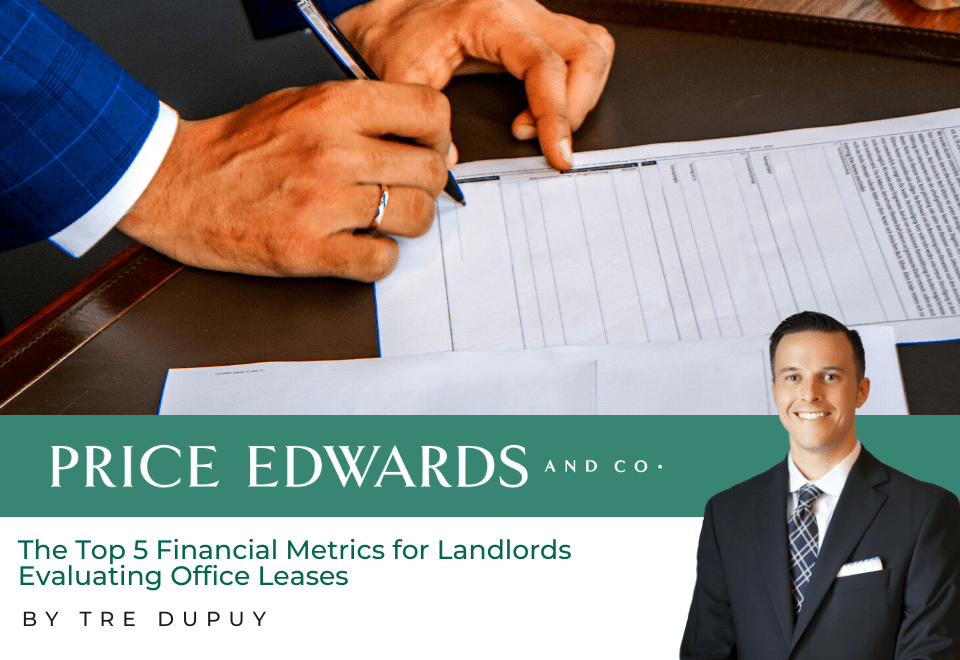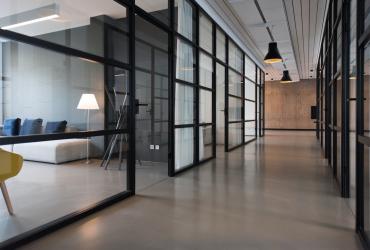
As a landlord, one of your primary objectives is to ensure that your property remains a profitable investment. When evaluating potential office leases, it's essential to consider various financial metrics to make an informed decision. By focusing on these metrics, you can gain a better understanding of the lease's potential financial impact and overall value. In this blog post, we'll discuss the top five financial metrics that every landlord should consider when evaluating an office lease.
Net Present Value (NPV)
The Net Present Value (NPV) is a financial metric that calculates the difference between the present value of cash inflows and outflows over the lease term. It gives you an idea of the potential profit or loss associated with a particular lease agreement. A positive NPV indicates that the lease is expected to generate more revenue than expenses, while a negative NPV suggests the opposite. To calculate the NPV, you'll need to consider factors such as rent, lease duration, and discount rate.
Internal Rate of Return (IRR)
The Internal Rate of Return (IRR) is a metric used to estimate the profitability of an investment. In the context of an office lease, the IRR is the annualized rate of return the landlord expects to earn over the lease term. It considers the lease's cash flows, taking into account both rent payments and operating costs. A higher IRR indicates a more profitable lease. Comparing the IRR of different leasing options can help you determine which one offers the best potential return on investment.
Occupancy Cost Ratio (OCR)
The Occupancy Cost Ratio (OCR) is a metric that compares the total occupancy costs (including rent, taxes, insurance, and common area maintenance) to the tenant's revenue. It's an essential metric for landlords because it provides insight into the tenant's ability to pay rent and maintain their business. A lower OCR indicates that the tenant's business is financially stable and can likely afford the lease. An OCR that is too high may signal potential problems, as the tenant's business might struggle to cover its occupancy costs.
Capitalization Rate (Cap Rate)
The Capitalization Rate, or Cap Rate, is a measure of the return on investment for a real estate property. It's calculated by dividing the property's net operating income (NOI) by its current market value. A higher cap rate indicates a higher potential return on investment. When evaluating an office lease, landlords should consider the impact of the lease on the property's cap rate. If the lease will likely increase the property's NOI and market value, it may lead to a higher cap rate and a more profitable investment.
Lease Breakeven Analysis
Lease breakeven analysis is a method used to determine the point at which the lease's revenues equal its costs. This is an essential metric for landlords, as it helps to assess the financial viability of an office lease. By calculating the breakeven point, you can determine how long it will take for the lease to generate enough revenue to cover its costs. If the breakeven point occurs too late in the lease term, it may indicate that the lease is not a financially viable option.
Evaluating an office lease is a crucial step in ensuring that your property remains a profitable investment. By considering these five financial metrics – Net Present Value, Internal Rate of Return, Occupancy Cost Ratio, Capitalization Rate, and Lease Breakeven Analysis – you can make more informed decisions about potential lease agreements. However, navigating the complexities of these metrics can be challenging, which is where Price Edwards & Company can provide valuable assistance.
As a full-service commercial real estate firm, Price Edwards & Company specializes in helping landlords assess the financial viability of office leases by providing expert analysis of these key financial metrics. Our team of experienced professionals will work closely with you to evaluate each potential lease, ensuring that you have the necessary insights to make the best possible decision. By partnering with Price Edwards & Company, you can maximize the profitability of your real estate investments and ensure long-term financial success as a landlord.









